Virtual Book Tour Guest: Katie Pierson, author of YA '89 Walls'
Katie Pierson freelances for local
non-profits, using her background in public policy and grassroots organizing to
overthrow the patriarchy one introverted step at a time. When she’s not writing
fiction, she returns library books, makes soup, and tries to be cooler than she
really is by hip-hopping at the YMCA. She earned a Bachelor’s Degree in
American History from the University of Pennsylvania (where she dabbled briefly
in being a College Republican) and a Master’s in American History from the
University of Minnesota. She grew up in Lincoln, Nebraska, and now lives with
her family in a suburb of Minneapolis. ’89
Walls is her first novel.
For
More Information
- Visit Katie Pierson’s website.
- Connect with Katie on Facebook and Twitter.
- Find out more about Katie at Goodreads.
- Visit Katie’s blog.
About the Book:
Title:
’89 Walls
Author: Katie Pierson
Publisher: Wise Ink Creative Publishing
Pages: 240
Genre: Young Adult
Format: Paperback
Author: Katie Pierson
Publisher: Wise Ink Creative Publishing
Pages: 240
Genre: Young Adult
Format: Paperback
College is not in the cards for Seth. He spends his minimum wage on
groceries and fakes happiness to distract his mom from the MS they both know
will kill her. It’s agony to carry around a frayed love note for a girl who’s
both out of his league and beneath his dignity.
Quinn’s finishing high school on top. But that cynical, liberal guy in her
social studies class makes her doubt her old assumptions. Challenging the rules
now, though, would a) squander her last summer at home, b)
antagonize her conservative dad, and c) make her a hypocrite.
Seth and Quinn’s passionate new romance takes them both by surprise. They keep it a secret: it’s too
early to make plans and too late not to care. But it’s 1989. As politics
suddenly get personal, they find themselves fighting bare-fisted for their
beliefs—and each other—in the clear light of day.
For More Information
- ’89 Walls is available at Amazon.
- Pick up your copy at Barnes & Noble.
- Discuss this book at PUYB Virtual Book Club at Goodreads.
Q: Welcome to The Writer's Life! Now that your book has been published, we’d
love to find out more about the process.
Can we begin by having you take us at the beginning? Where did you come up with the idea to write
your book?
I never planned to write a novel: I just like to read them.
But a conversation with a friend in 2006 about the pros and cons of potentially
attending my 20th high school reunion brought to mind the random
people you run into at those things: old crushes, old “frenemies.” I suddenly
had the idea for Seth and Quinn’s reluctant romance in ’89 Walls.
It wasn’t until I was half done that I realized that the story was also a partisan allegory. Seth is the Democratic Party in the late 80’s: reactive, angry, without a compass. Quinn’s father, Tom is the Republican Party: optimistic, smug, still grounded in a true small government philosophy and underestimating the rising Religious Right with its creepy fascination with people’s private lives. Mr. Levine, the teacher, is the moderator who allows two strong points of view to talk it out respectfully.
Q: How hard was it to write a
book like this and do you have any tips that you could pass on which would make
the journey easier for other writers?
I’ve heard others say that writing a novel is like opening a
vein and letting it bleed. I agree. I’ve learned Hebrew and experienced natural
childbirth. Writing this book was way harder. But that’s also what made it
worth doing. When I kick it, my tombstone will say “Author.” I’m proud of that.
I tell closeted fellow writers that everyone feels like a
fraud—it's not just them. All you have to do is print yourself a business card
and put "writer" on it. When you claim the title you are one.
Becoming an author is a different story. If my long and
detoured road to publication taught me anything, it’s that you only get to call
yourself an author when you put on your big girl pants and act like one.
Q: Who is your publisher and how
did you find them or did you self-publish?
How much time do you have?
I craved a traditional publishing contract for the usual
reasons: an advance, high editorial standards, broad marketing and
distribution, collegial support, and the all-important stamp of legitimacy.
My timing in seeking the above could only have been worse, however,
if I’d attempted it during the zombie apocalypse.
I spent a humbling two years seeking an agent for my
realistic historical young adult novel during an international economic
collapse, the publishing industry’s subsequent version of its own Hunger Games, the e-print revolution,
and the creation of special sections in bookstores for Paranormal Teen Romance.
Signing with an agent after
five lonely years of writing and racking up rejections feels like sitting by a
warm fire after circumnavigating the South Pole. This profound relief kept me
from noticing for eighteen months that my agent’s priority was to build her own
career—not mine.
By the time I figured out that her early-career priority was
to prove herself responsive to a handful of editors’ tastes, the manuscript had
already done its job (for her). At my
insistence, she reluctantly followed up with half of the 35 (!)
submissions. Then she stopped returning my calls.
Frantic Internet research revealed that I was not alone in
my experience with this agent or agency.
In retrospect, it was like
finding out that not only is your Prince Charming a pimp, but that he’s your pimp.
The
editors who did respond rejected the manuscript. But they offered detailed,
supportive feedback that amounted to, “Good writing, but I can’t sell
the sex scene and teens don’t care about politics or the late Eighties.”
I disagreed. Since when did editors worry about selling sex
to readers? It seemed, too, that they drastically underestimated the intellect
and interests of the Obama generation.
After another round of agent rejections, I received
enthusiastic, detailed requests for revisions from two top dealmakers. I spent
a feverish six months working with a freelance editor and making the suggested
changes. I re-submitted to both agents. Neither responded to my multiple
communications.
At this point it finally hit me that my own standards of
professionalism were higher than those of the gatekeepers I’d been trying to
dazzle. I understand from other authors that there are excellent agents out
there: I just haven’t had the pleasure of meeting them.
As I began researching small presses, another agent asked
for my full manuscript. She praised my writing, sent me pages of insightful
editorial feedback, and asked for a revision. Before proceeding, I shared with
her my experience with my first agent. She responded by withdrawing her
conditional offer of representation and suggesting that I abandon ’89 Walls altogether. This confirmed my
fear that my ex-agent’s promiscuous submissions on my behalf had branded my
book as damaged goods.
Fury is a powerful motivator.
I submitted the manuscript to several small presses. One
made an offer and two more expressed preliminary interest. After exhaustive
online research and outreach to their authors, though, I couldn’t bring myself
to sign a contract. I’d worked too hard and too long to hand over creative
control and money-making potential to for all I knew were two guys with a
software program.
It was a great day when it hit me that “making it” in
traditional publishing—at least with this particular historical, political,
realistic and slightly steamy YA novel—would mean lowering instead of raising
my standards. I owed it to Seth and Quinn not to settle for mediocrity.
Determined to produce a book that could compete with Big 5
titles, I found a mentoring press to deliver the professionalism that I hadn’t
been able to find in traditional publishing. Wise Ink Creative Publishing
brought me back in from the cold.
Mentoring presses give authors access to a carefully-curated
stable of talent, including professional editors, copy editors, proofreaders,
cover designers, interior designers, and publicists. My cover designer’s day
job, for example, is at Random House.
Several of my Big Five author friends admit that they loathe
their books’ titles or cover designs. This sounds horrifying, like letting a
stranger name your newborn. This process has taught me to trust my gut
instincts: self-publishing gave me full creative control.
I studied Wise Ink’s extensive resources and read every book
on self-publishing I could get my hands on. My resulting in a 15-page marketing
and work plan has produce far more buzz for ’89
Walls than a traditional house could afford to generate for a debut author.
Wise Ink also helped me build my website and jump into
social media. It put ’89 Walls into
the regular distribution channels, and made sure it could hold its own among
its Big 5 peers on the bookstore shelves.
There’s no advance. I assumed the financial risk but earn
100% of the profit. Speaking of, you can order ’89 Walls directly from Itasca
Books Distribution or use this cool book store finder
to buy it from (and support) a local, independently-owned store near you. It’s
also available at Amazon. And please visit my website at www.katiepierson.net.
If there’s a moral to my publishing story it’s this: “when
all else fails, raise your expectations.”
Q: Is there anything that
surprised you about getting your first book published?
I had absolutely no idea how many steps were involved in a
book’s production. But I was pleasantly surprised to realize how much I enjoyed
the steep learning curve and making the creative decisions.
Q: What other books (if any) are
you working on and when will they be published?
I'm toying with a memoir of my family's sabbatical year in London
during the final year of the Bush administration. The working title is,
"Acting Canadian." I loved writing '89 Walls and read as much YA as I
do adult fiction. I would love for another idea for a YA novel to drop in my
lap.
Q: What’s your favorite place to
hang out online?
Goodreads, Facebook and book blogs. My favorite blog is
Chuck Wendig’s snarky, incredibly-motivating Terrible Minds.
Q: Finally, what message (if any)
are you trying to get across with your book?
My critics hate ’89
Walls in an interestingly passionate sort of way. They say I have an
agenda. This cracks me up. Of course I have an agenda. As does everyone I’ve
ever met. One of my characters says, “If you think you’re neutral, you’re
kidding yourself.” ’89 Walls is about
the choices we make in love, sex, family loyalties, politics and friendship.
It’s a fast-paced summer read for older teens and anyone who remembers the
1980s. Message-wise, I’d describe it as pro-dialogue, pro-choice, and pro-young
people.
Q: Thank you again for this
interview! Do you have any final words?
Readers who experienced 1989 as teenagers may be surprised
to discover how much went down that year: divestiture in apartheid South
Africa, the Tiananmen Square protests, the Webster
decision, the Iran-Contra scandal, the Exxon
Valdez oil spill, the savings and loan crisis, the growing AIDS epidemic,
the end of the Cold War, the fall of the Berlin Wall, and the premiere of Seinfeld.
Thank you so much for this opportunity. It’s been a
pleasure.








































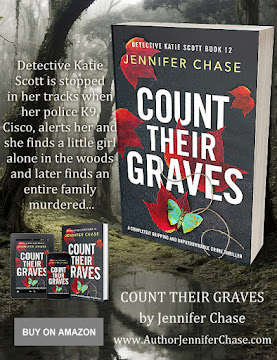






























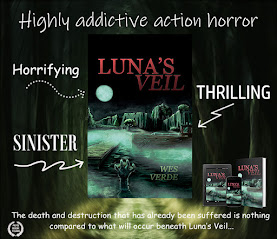
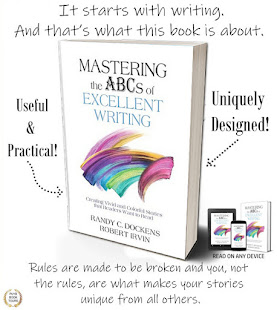
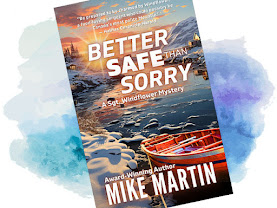
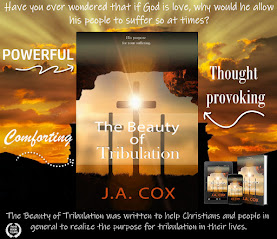



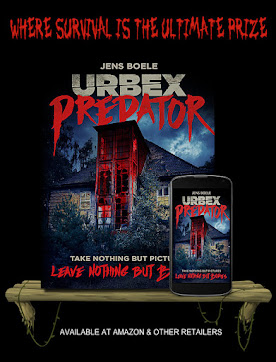









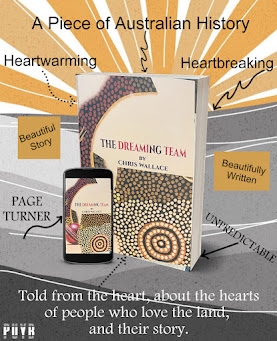

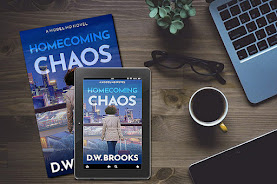


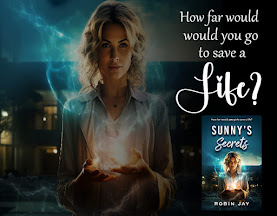

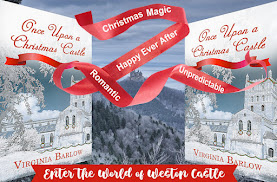


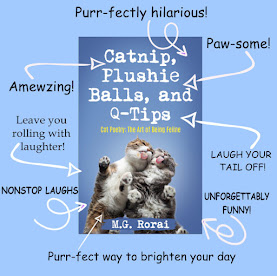



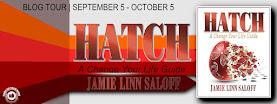

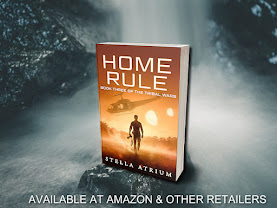

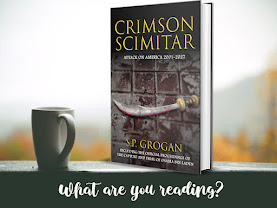


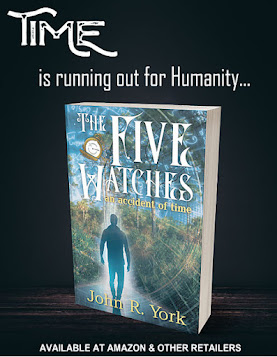

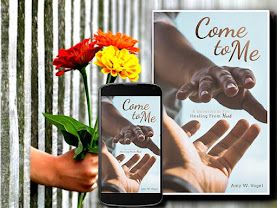



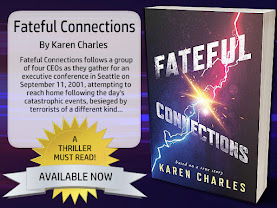


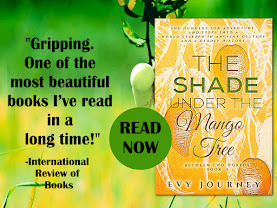

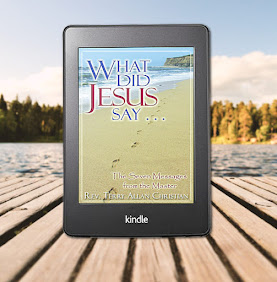

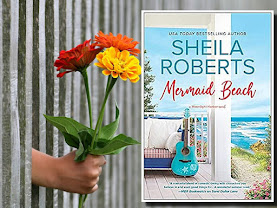



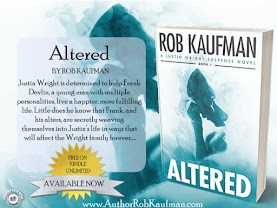
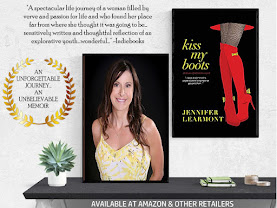
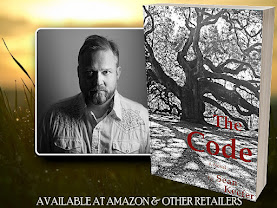

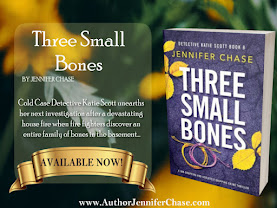

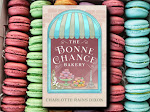
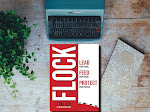


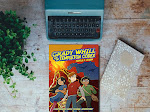


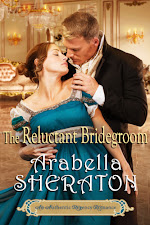
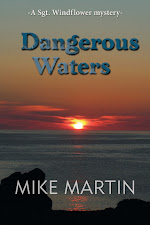



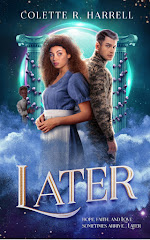
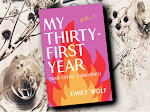
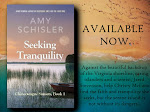


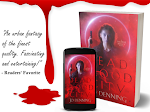


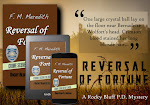

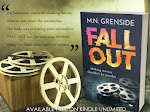


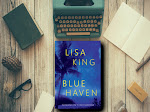




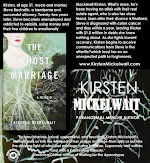

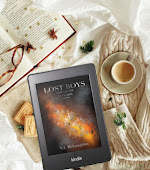


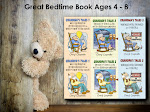

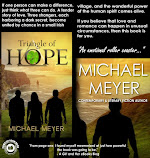
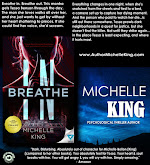
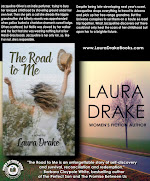


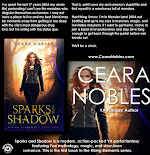
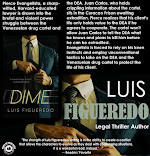

























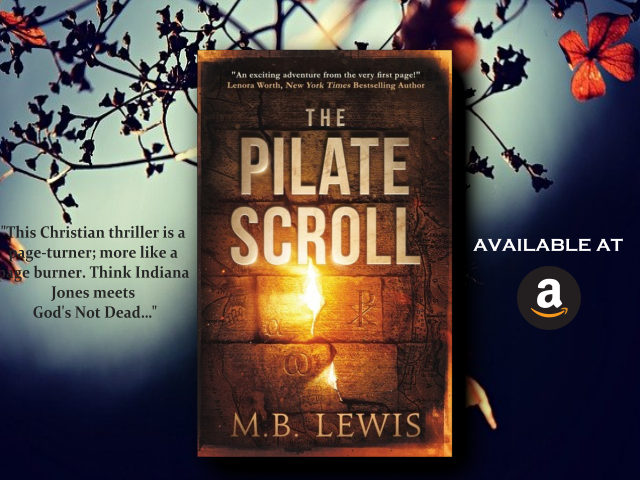













Leave a Comment